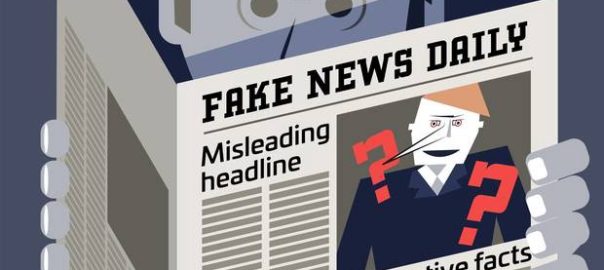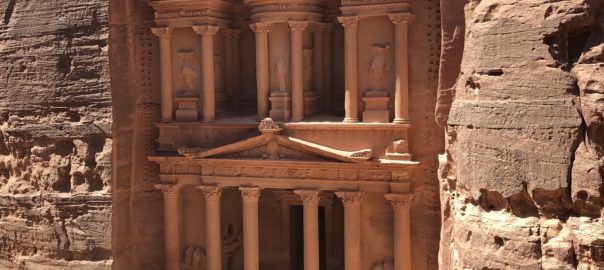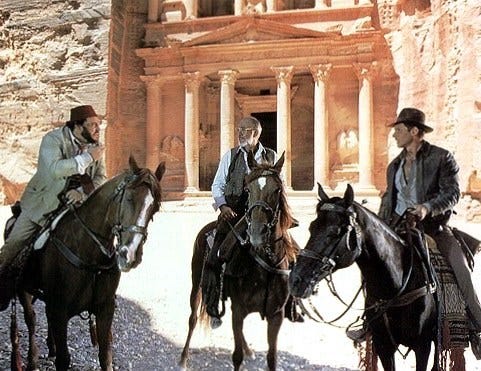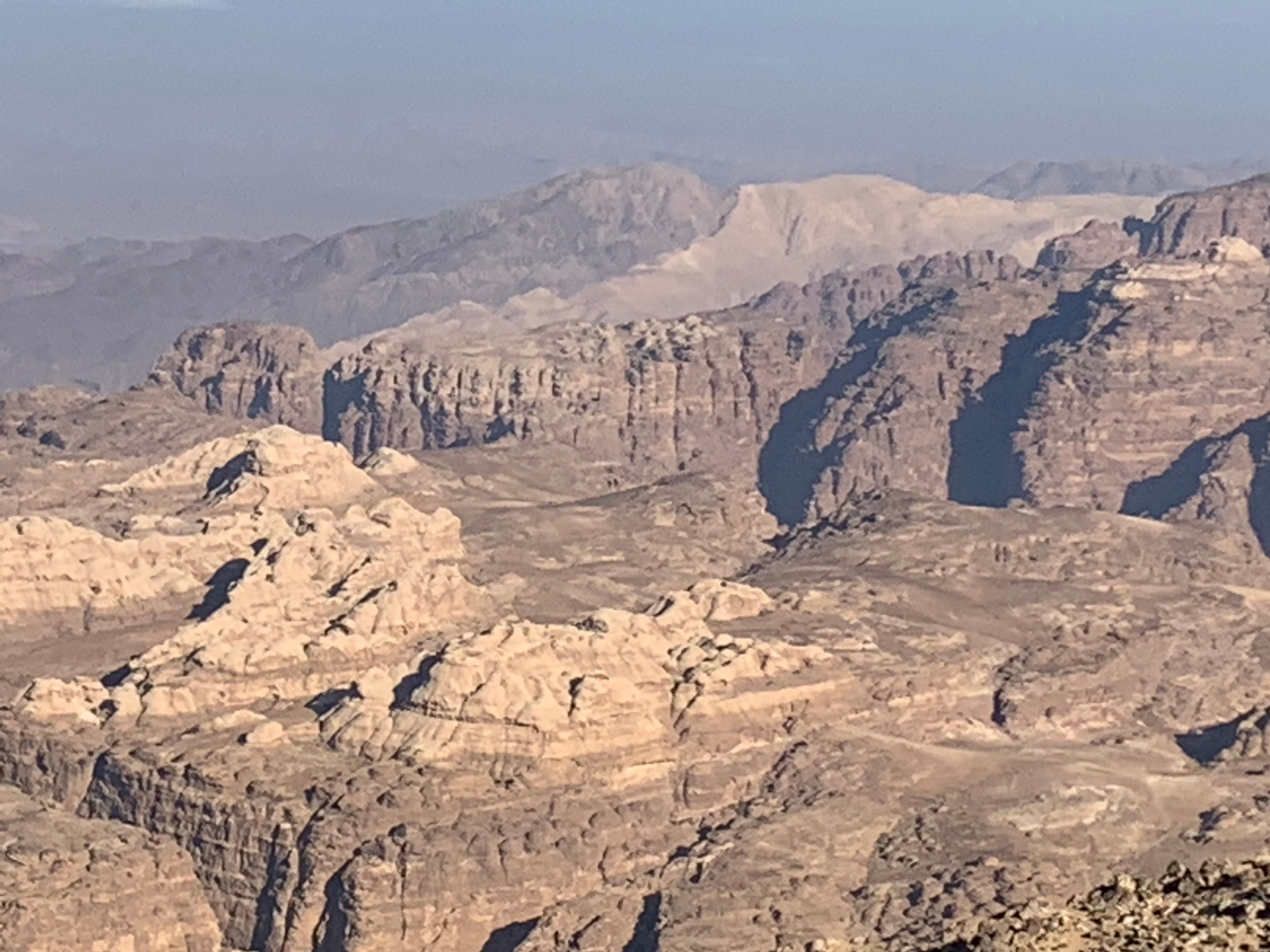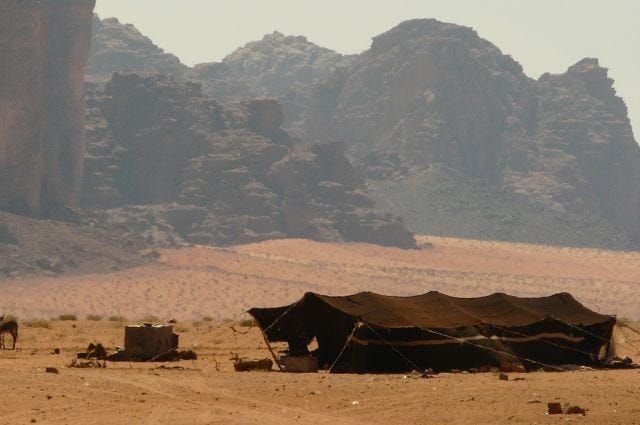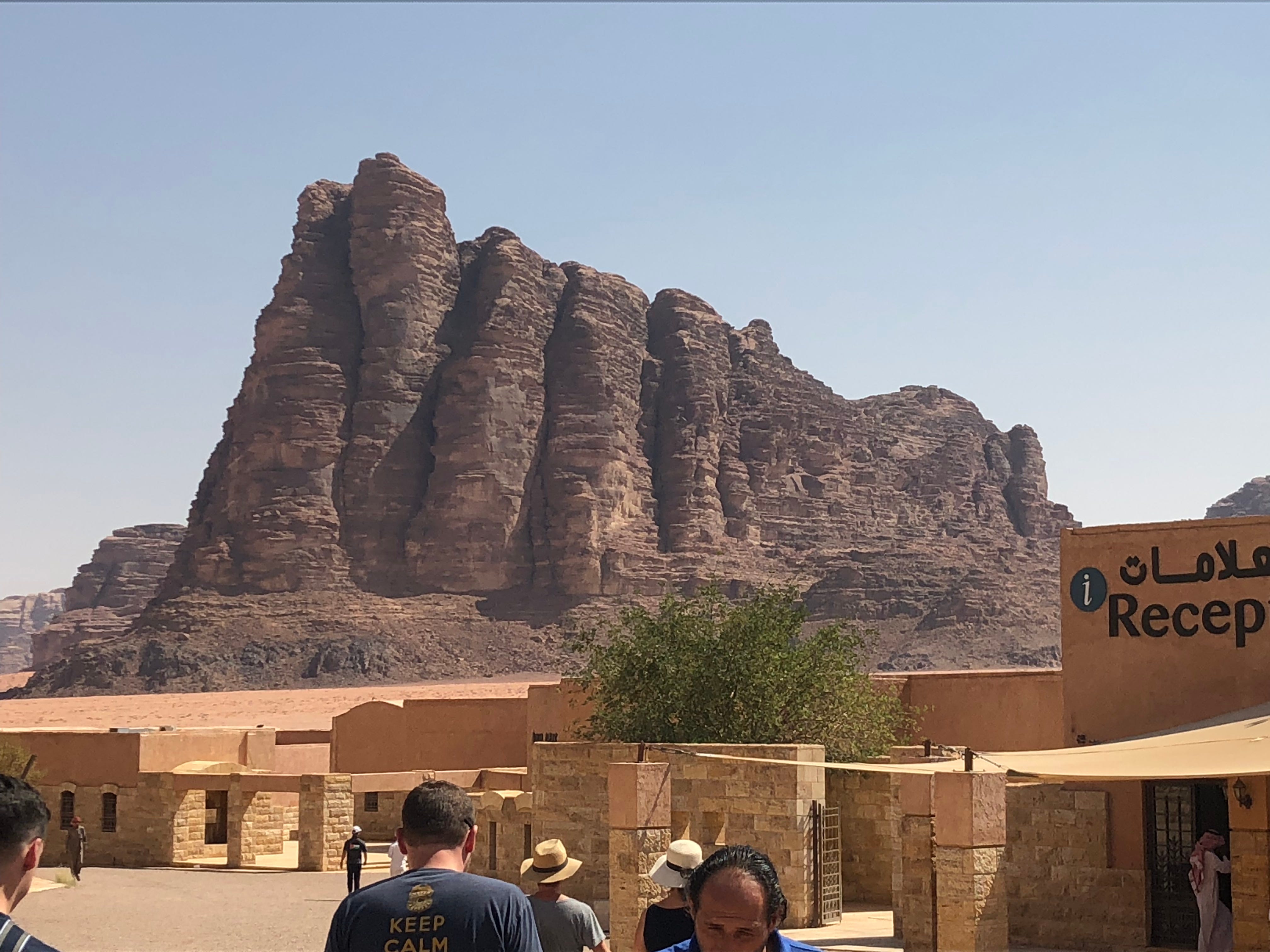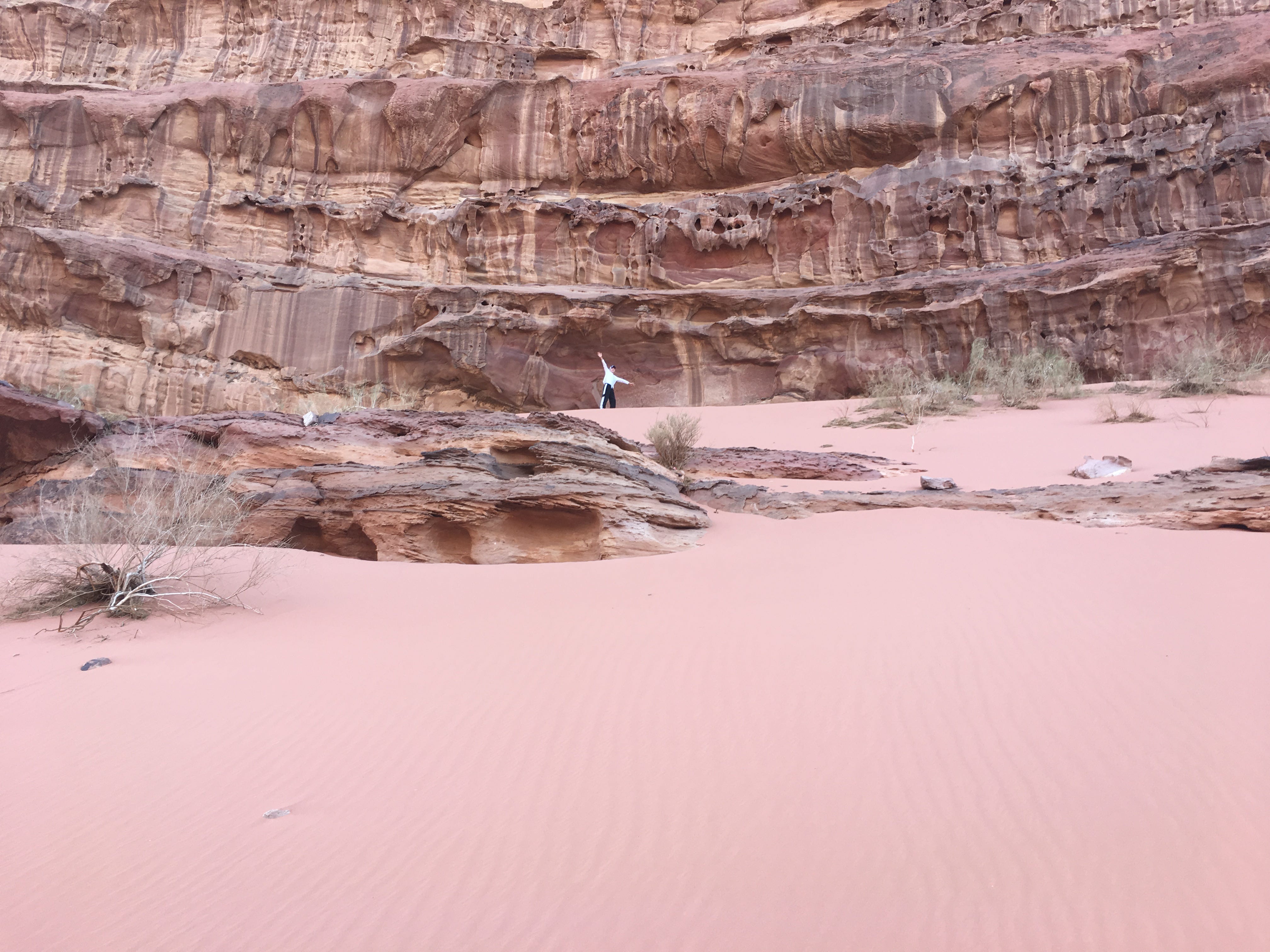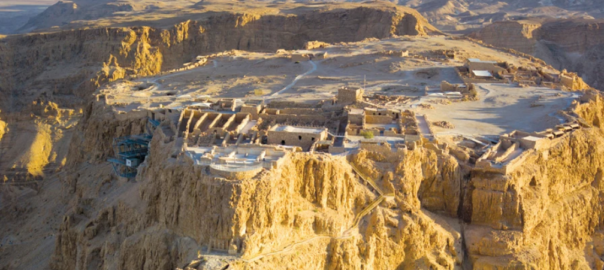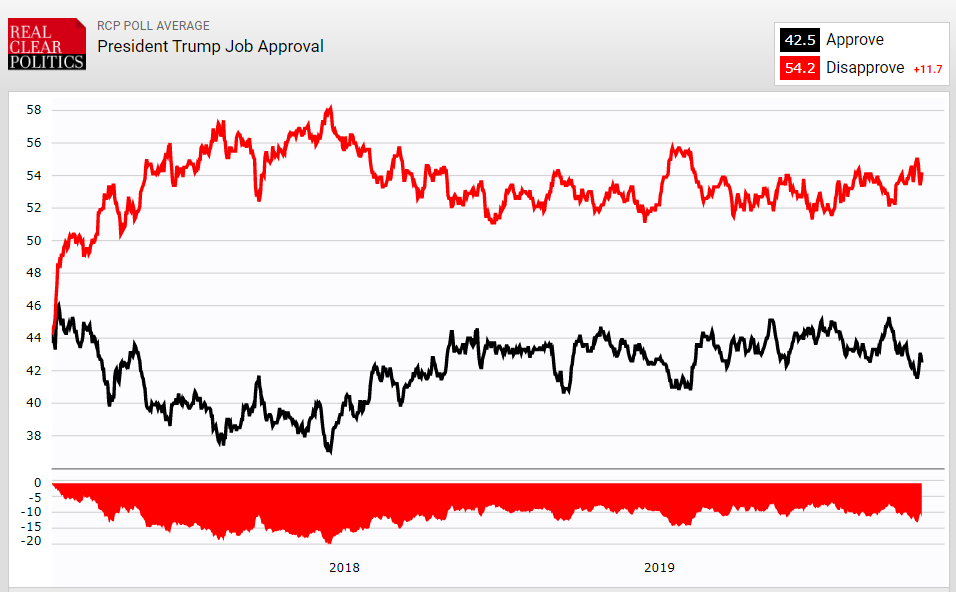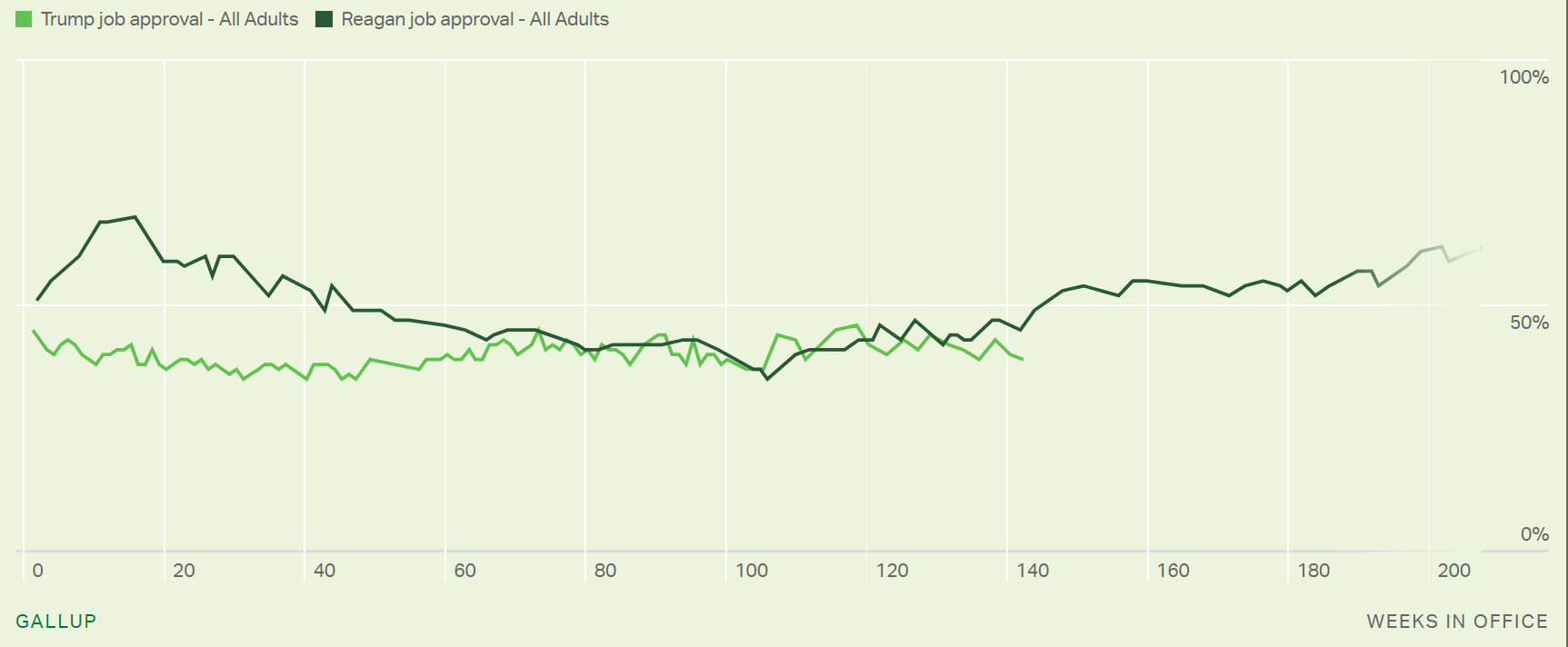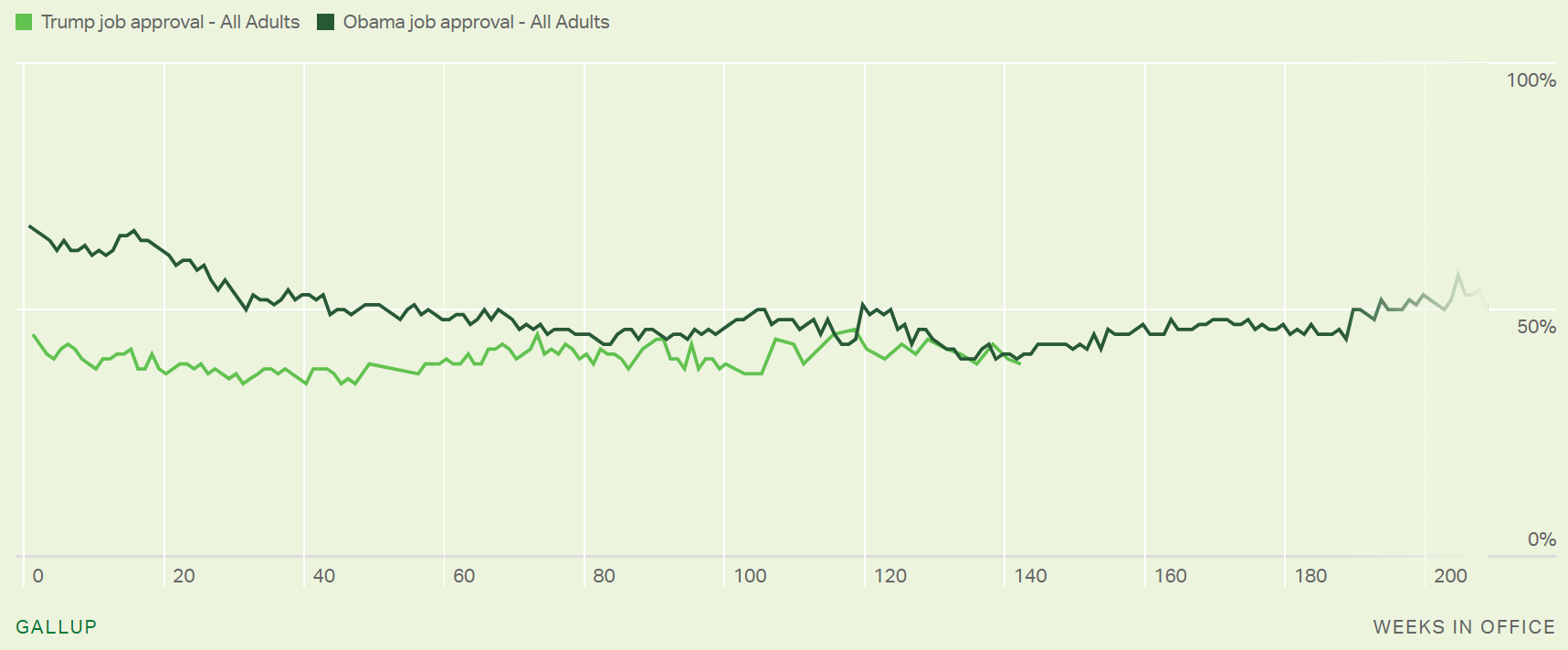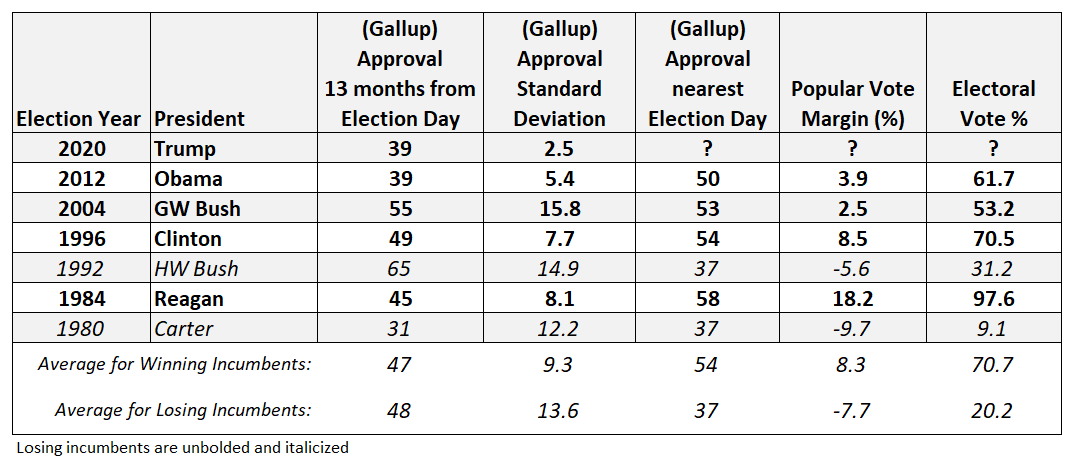By Kent R. Kroeger (NuQum.com, November 22, 2019)
The Democrats now use the terms ‘debunked’ & ‘conspiracy theory’ the way the Republicans and President Donald Trump co-opted the use of ‘fake news.’
All three of these terms should be purged from our working vocabulary until we can demonstrate their proper use.
Perhaps the saddest result of Trump’s three years in office is that today’s Democratic Party shares his disregard for facts and honesty. Some would argue the Clintons pioneered the modern art of dissembling and deception, but that conclusion is indeed unfair to the thousands of deceitful politicians that preceded them.
_______________________________________________________________
The evidence is vast about the poor state of our nation’s intellectual curiosity:
CNN (November 20, 2019): “No longer is Volker claiming that the idea of investigations — into the Bidens and into a debunked conspiracy theory that Ukraine somehow had meddled in the 2016 election to help Hillary Clinton and might be in possession of the hacked Democratic National Committee server — ever came up in a White House meeting two weeks before the July 25 call between Trump and Ukrainian President Volodymyr Zelensky.”
The Intercept (November 20, 2019): “…the president continued his unlikely attempt to reinvent himself as an anti-corruption crusader, by stating flatly that “Joe Biden and his son are corrupt.” Without offering any evidence to support that debunked claim, the president who has used his office to enrich himself added, “If a Republican ever did what Joe Biden did, if a Republican ever said what Joe Biden said, they’d be getting the electric chair by right now.”
Business Insider (November 19, 2019): “Despite Trump and (Rudy) Giuliani’s allegations, both US and Ukrainian government officials have confirmed there’s no evidence that the Bidens did anything improper. Former Ukrainian prosecutor general Yuriy Lutsenko clearly said he had no evidence of wrongdoing by Joe or Hunter Biden.
“I do not want Ukraine to again be the subject of US presidential elections,” Lutsenko said. “Hunter Biden did not violate any Ukrainian laws … at least as of now, we do not see any wrongdoing.”
_______________________________________________________________
On this last example, there is this indisputable point: If your wrongdoing defense ever includes these words or equivalent — “I did not violate any Ukrainian laws” — you probably have an ethics problem.
Together, these false ‘debunked conspiracy theory’ narratives fall into one of two categories: (1) the guilt-by-association debunking, and (2) the straw man debunking.
An example of a guilt-by-association debunk is dismissing the idea of Ukrainian interference in the 2016 election by using one of its genuinely debunked variants — Ukrainians hacked the DNC and Podesta emails which are now stored on a server somewhere in the Ukraine — to justify ignoring more fact-based lines of inquiry.
Until Giuliani and Trump — the GOP’s Hardy Boys —mentioned Cloudstrike and the alleged Ukrainian server, I didn’t even know about that conspiracy theory, much less that there is no substantive evidence to support it.
To the people who closely followed the Russiagate story, the Ukrainian- interference allegation was always about the 2016 election interactions of the Hillary Clinton campaign and a Democratic National Committee (DNC) consultant with Ukrainians linked to their government.
The Ukraine-interference story is not a conspiracy theory and it certainly hasn’t been debunked. It is rooted in original reporting by Politico’s Kenneth P. Vogel (now with The New York Times) and David Stern from their story published on January 11, 2017 (“Ukrainian efforts to sabotage Trump backfire”).
Their key findings were:
Ukrainian government officials tried to help Hillary Clinton and undermine Trump by publicly questioning his fitness for office. They also disseminated documents implicating a top Trump aide in corruption and suggested they were investigating the matter, only to back away after the election. And they helped Clinton’s allies research damaging information on Trump and his advisers, a Politico investigation found.
A Ukrainian-American operative (Alexandra Chalupa) who was consulting for the Democratic National Committee met with top officials in the Ukrainian Embassy in Washington in an effort to expose ties between Trump, top campaign aide Paul Manafort and Russia, according to people with direct knowledge of the situation.
Is that electoral interference? It is nation-state politics on its most fundamental, self-interested level. Its not like the Ukrainians stole private emails (a crime). They merely assisted Hillary Clinton’s campaign in associating one of her political rivals (Trump) with unlawful behavior (Manafort). [It wasn’t hard to do].
The Republicans will rightfully note, however, that information provided by the Ukrainians about Manafort helped cultivate the false media narrative (‘fake news’) that the Trump campaign conspired with the Russians to win the 2016 election.
Foreign influence in American elections is not restricted to 2016. In fact, it has been a near constant in our elections since 1968 and likely before that.
Foreign governments, acting purely in self-interest, have every incentive to nudge American elections in their favor. Nothing is going to stop foreign influence of American elections. Nothing. And it is naive (and potentially harmful given some of the solutions offered) to think it can be stopped. Minimized? Fine, we should always try to do that. Stopped? Never.
The Ukrainian-interference story is based on real, documented evidence. Do we have a complete understanding of the story? Probably not. Does it warrant Trump’s personal lawyer, Rudy Giuliani, sent on a fool’s errand to find evidence of a mythical Ukrainian server containing the DNC/Podesta emails? Absolutely not.
Why is anyone surprised that the Trump/Giuliani brain trust would subsequently confound the Ukrainian server theory with the more substantive Vogel-Stern reporting on Ukrainian assistance to the Clinton campaign?
_______________________________________________________________
The second form of debunking is more pernicious: Using a straw man conspiracy theory to debunk legitimate lines of inquiry.
Deemed ‘debunked’ by the mainstream media, the Biden-Burisma corruption allegation is a classic straw man debunk.
First, a little Burisma/Biden background:
Burisma is a holding company for a group of energy exploration and production companies and is controlled by Mykola Zlochevsky through his company Brociti Investments Limited. Charges of corruption by Western governments have followed the pro-Russia Zlochevsky for most of his career — which included a stint as Ukraine’s Minister of Ecology and Natural Resources from 2010 to 2012 under the pro-Russia government of President Viktor Yanukovych. Burisma Holdings is estimated to have had revenues around $400 million in 2018.
A Ukrainian revolution removed Yanukovych in February 2014 and was replaced by a more Western-leaning government eventually led by Petro Poroshenko from 2014 to 2019.
Hunter Biden, along with his legal partner Devon Archer, joined the Burisma board in April 2014, as part of Zlochevsky’s attempt to fend off corruption charges that were likely to be pursued more aggressively under the new political order in Ukraine.
Hunter’s father, Joe Biden, was the U.S. Vice President at the time and was the Obama administration’s point-man on Ukraine policy.
The facts and timeline alone should raise eyebrows among oxygen-breathing journalists. Had the Obama administration been as clean as Barack Obama claims, Hunter’s Ukrainian adventure would have been chop-blocked immediately by the White House ethics office.
And don’t believe the mainstream media when it suggests Hunter’s hiring was a non-issue within Washington, D.C.
Contradicting that assertion is the Washington Post’s reporting that Chris Heinz, Secretary of State John Kerry’s stepson and business partners with Devon Archer and Hunter Biden, opposed his partners Archer and Biden joining the board in 2014 due to the reputational risk. Heinz opposed the Biden-Archer deal because it was unethical, not because it was illegal. Even Vice President Biden asked his son if “he knew what he was doing.”
And this is the essence of the straw man debunk of the Burisma-Biden story: There was nothing illegal, so there is nothing to look at, we are repeatedly told by the mainstream media.
But legality was never the central question surrounding Hunter’s Burisma deal. Private citizens, even those related to vice presidents, are not generally prevented from joining the boards of foreign companies — even those with business interests directly involving the U.S. government. [There are exceptions, such as when the business’ home country is the target of U.S. sanctions, ex. Iran or Venezuela.]
Never mind that recent reporting has shown Burisma lobbied the U.S. State Department regarding the corruption investigations against it, at a time when Joe was still Vice President and Hunter was still on the Burisma board.
Never mind that the business arrangement Hunter Biden crafted with Burisma, where he sat on the board while his law firm was also hired as a consultant to Burisma, would be illegal in this country.
Nothing to look at here, we are told.
“A totally debunked conspiracy theory,” MSNBC’s Joy Reid continues to say about the Burisma-Biden story.
No aid money went from the U.S. government to Burisma while Hunter Biden was on the board, proudly asserts politifact.com. Again, another straw man debunk since few have seriously argued that aid money went directly to Burisma from the U.S. Treasury. The fact that the U.S.-picked Ukrainian prosecutor let Burisma walk away from corruption charges with only $9.5 million in fines (despite evidence Burisma and its subsidiaries failed to pay around $70 million in taxes from 2014–15 alone) is all the payback Burisma ever wanted.
This is what international financial corruption looks like with an assist from the U.S. news media.
And, no, getting Donald Trump out of office isn’t worth condoning the incurious, elite-friendly journalism that now dominates our national news organizations.
_______________________________________________________________
Another conspiracy theory debunking does not fit as neatly into the two categories I’ve created.
The chemical (chlorine) weapons attack on Douma, Syria on April 7, 2018 has seen a virtual news blackout since information has slowly emerged suggesting the culpability of the Bashar al-Assad regime is not clear— despite a near universal assumption in the Western media that Assad’s force did it.
MSNBC, CNN, Fox News, NPR, The New York Times, and The Washington Post have all definitely declared the Douma-attack an Assad crime. Any suggestion otherwise has been declared — you guessed it — a debunked conspiracy theory.
In the meantime, the Organisation for the Prevention of Chemical Weapons (OPCW), which investigated the Douma-attack and concluded it was mostly likely conducted by a helicopter drop (i.e., the Assad regime), has seen the release of a dissenting report by one of its staff engineers suggesting the Douma-attack was more likely ground-based, not air-based.
Recently, more potential evidence has been reported suggesting the OPCW may not be the independent watchdog of chemical weapons use it claims to be. [Rogue reporter (her words) Caitlin Johnstone has been reporting on Douma while the mainstream media has been silent. Her latest article on Douma is a must read.]
I wrote about Douma last year and concluded (as if my opinion matters): While the OPCW report (and dissenting report) still leave it unclear who conducted the attack, to state without qualification that the Assad regime did it is a willful disregard for the available evidence.
That is the problem when you let governments and their surrogates control information. They purposely ignore relevant facts so they can, technically, still claim they are not lying.
When the U.S. and its allies attacked Syria with Storm Shadow, MdCN, and Tomahawk missiles on April 14, 2018, the U.S .Department of Defense and its media outlets were still referring to the chemical attack on April 7th as a “suspected” chemical attack. French intelligence would claim they had definitive information that Assad was responsible for the April 7th attack: Judge for yourself the quality of the French information.
That, of course, is the defense and intelligence community’s ultimate fallback position should the full details ever become public: Battlefield information is frequently imperfect and we often need to act on the best information available at the time.
That is especially true when you don’t demand better information. And, naturally, MSNBC, Fox News and CNN didn’t ask for it when reporting on the April 14th missile attack by the U.S. and its allies.
That is how the game is played today and the score is — World elites: 23,265,784 and The Rest of Us: 12. [Glenn Greenwald, our leading scorer, is now mostly playing for the Brazilians.]
_______________________________________________________________
At the end of the day, conspiracy debunking is a variation on the Simon Says game we played as children.
If, through their congenital ignorance, Trump and Giuliani misstate a valid point of contention regarding Hunter Biden’s Ukrainian (and Chinese) deals or the 2016 Ukrainian activities of the Hillary Clinton campaign, should these topics be removed from the public debate or no longer the subject of further investigation by an independent press?
Of course not.
But that is exactly the chill the mainstream news media and the Democratic Party has cast over our national dialogue. Instead of arguing on the facts, they hide behind partisan talking points.
This need to kill intellectual inquiry by the U.S. political parties and the national news media is now hard-coded into the system and will be hard to excise from the body politic. It long ago killed from within the integrity of the Republican and Democratic parties and is swiftly killing objective journalism (if that patient isn’t dead as well).
The cure? We all need to stop getting our news and information from a short list of sources. Its OK to watch MSNBC, NPR, Fox News or CNN. It is not OK to get the vast majority of your information from these sources.
Nothing ignites a Democrat faster than saying you watch comedian Lee Camp’s Redacted Tonight on the RT network (a news network partially funded by the Russian government). Or, worse yet, tell them you love jagoff nightclub comedian Jimmy Dore’s YouTube channel. [There should be a required journalism course at Northwestern University titled, “How could Jimmy Dore get Russiagate right and the mainstream media totally f**ked it up?”]
Mention those shows and “Russian propaganda!” is a typical response. Besides the fact it isn’t true in the case of Redacted Tonight or The Jimmy Dore Show, why would that rule out watching something?
Hell yes! I want to know what the Russian government thinks. I want the Chinese Communist Party perspective too. And I want to know what the Iranian Supreme Leader is saying on current events. And, to be fair, I want the U.S. political and economic establishment’s latest propaganda spiel on my subscriber list (the hard part there is choosing between CNN, Fox News, MSNBC, The Washington Post or The New York Times. Usually any one of these sources will do, but, occasionally, genuine internal divisions within the establishment do emerge across those news outlets.).
That is what informed people do. They take in as much diverse information as possible and use their education and experience-informed intuition to sort out fact from fiction, as best as possible.
Its not easy. If it was, MSNBC’s Rachel Maddow and CNN’s Chris Cuomo would be doing it.
- K.R.K.
Send comments and non-physical threats to: kroeger98@yahoo.com
